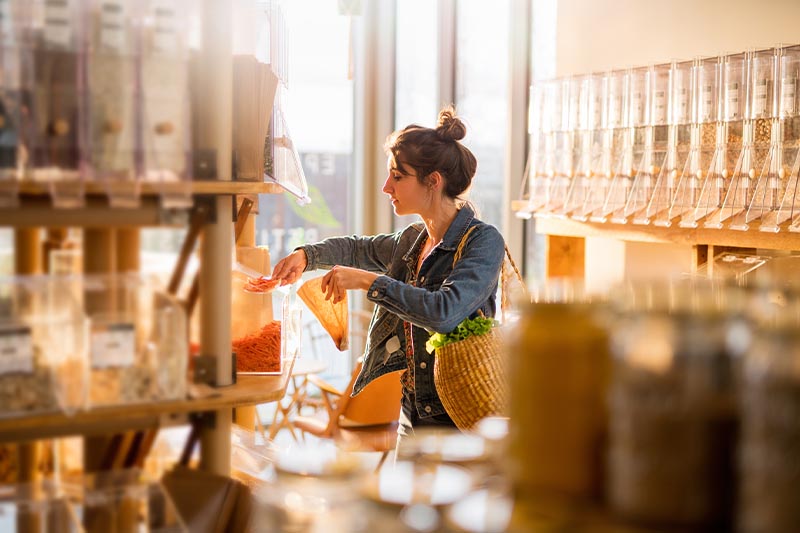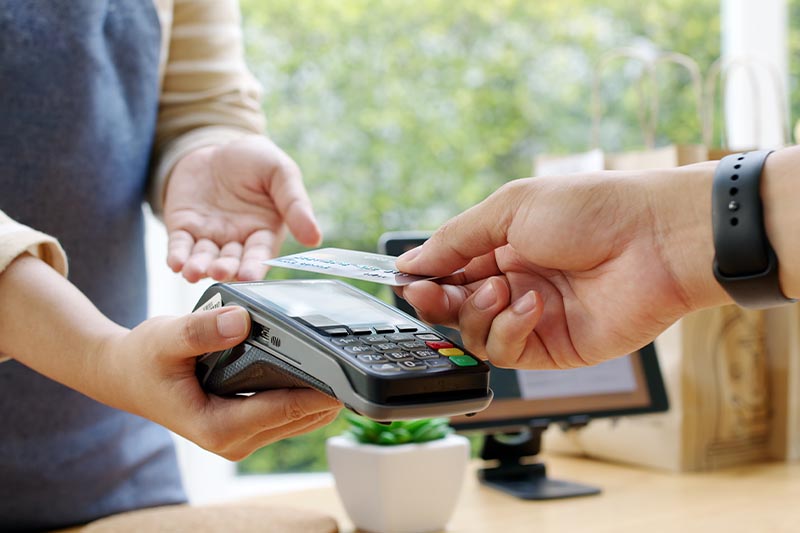ProductPayPalPerformanceInnovationTechnology
Key Takeaways for Singapore’s Merchant Community
State of play
Global e-commerce has thrived due to digital acceleration during the pandemic, surging to $4.28T USD in 2020 from $3.35T the year before. According to the PayPal 2021 Borderless Commerce Report, online shoppers are looking to increase their spending in the near future. Lazada referred to 2020 as the ‘year of breaking records’, with brands such as Marks & Spencer and Under Armour joining its platform, proving how businesses see e-commerce as a core business strategy.
It all boils down to the X factor – experience

Shoppers expect an invisible consumer experience — swift, smooth, and seamless. Research has found that 80% of shoppers stop transacting on sites with poor experience. This is especially important as the younger generations (i.e., millennials and Gen Zs) continue to pave the way and influence the future of retail in Singapore[1]. When it concerns the checkout experience – consumers do not want to waste time figuring out how to pay. Whether it is their desktop, tablet, or smartphone, they want intuitive design, and fewer clicks. PayPal faster checkout helps them stay logged in from any device without having to enter their credentials at eligible stores. They shop with peace of mind as PayPal’s Buyer Protection has them covered.
Local merchants, especially small homegrown brands, should also consider social commerce as part of their key marketing strategy. Since platforms like Facebook, Instagram, and TikTok have integrated shopping carts into their platforms, it has made it even easier for shoppers to easily discover, browse, and purchase products using the same interface. Local brands such as Love, Bonito and Secret Lab have managed to successfully tap on these platforms.

Another aspect of interactive experiences is live commerce, which has picked up significantly in Asia. This refers to the fusion of live streaming videos and e-commerce. It includes live auctions, influencer streaming, live events, and Q&A streaming. Video streaming brings consumers closer to the in-person experience from the comfort of their own home. In China, about 560 million consumers use live streaming, this is about 62% of China’s total number of Internet users. Even globally renowned brand Louis Vuitton live streamed its Summer 2020 collection. Hence, it is not farfetched to imagine that local merchants could also leverage this trend by bringing a personal in-store experience virtually.
When experience becomes embedded into the brand
While digital plays a huge part, consumer experience can also be felt beyond the interface. This includes brands tailoring their products to cater to consumers’ evolving needs. For instance, flexible work arrangements have led to the need for more comfortable work-from-home wear. In response to this, many brands like Love, Bonito, Pomelo, and 6ixty8ight have ventured into the lounge wear category. As masks have become part of the new normal, many Singaporean designers have stepped up to produce stylish fabric masks that could be used as a must-have accessory.

Bynd Artisan is an example of how Singapore’s merchants can retain their experience amidst the new norm. Prior to Covid-19, Bynd Artisan was recognised for its in-store experience where customers ordering personalised notebooks could directly work with craftsmen to select the materials and watch them in action. When Covid-19 hit, Bynd Artisan got creative in the way they engaged its clients. They launched a leather hand sanitiser holder through a public workshop. To go the extra mile, they added free shipping, hand sanitiser, and name personalisation. Each of the holders also comes with a message card with the name of the craftsman who made it, for a personal touch. They also offer craft workshops for clients to learn to create their own leather cardholders and notebooks.
The road ahead lies beyond the shores of Singapore

Selling to foreign markets used to be complicated, confusing and expensive. However, the reality today is very different. When considering whether to scale domestically or overseas, many merchants think staying close to home is easier. However, with a partner like PayPal, merchants can now get in front of consumers around the world by leveraging PayPal’s strong network across 200 markets with more than 400 million customers.
PayPal provides an all-in-one merchant solution to remove the complexity from cross-border trade so that merchants can focus on sales. This also includes simplifying the process of transacting with local vendors in local currencies. Therefore, with the right tools and support, merchants can sell around the world with ease and confidence.
Discover the global market opportunities in PayPal’s 2021 Borderless Commerce Report.
[1] PayPal’s 2021 Borderless Commerce Report shows that nearly half of Singaporean online shoppers are millennials aged between 25-34.